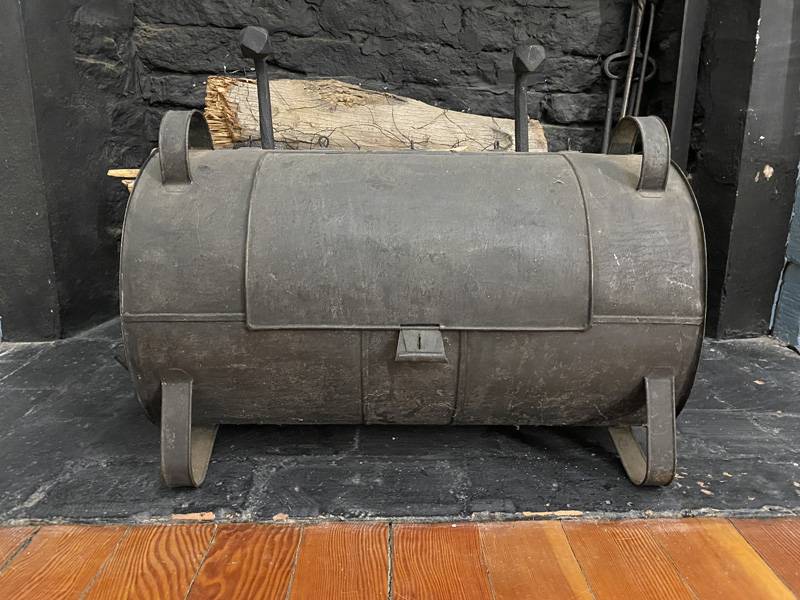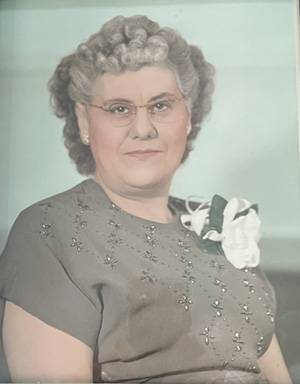
Today, making bread is easy. You buy a loaf of frozen bread, defrost it, and bake it. In 1996, there was a machine called the Bread Machine. You would put all the ingredients into the machine and turn it on. It would mix the ingredients, time the bread to rise, and then bake the bread. Now, you can go to a supermarket and buy fresh bread.
In the ‘60s, my grandmother, Jennie Bellow, would bring her homemade bread to Batavia every Sunday. We all enjoyed her bread and took it for granted. On one of my Sunday sleepovers in Le Roy, I watched my grandma get out all sorts of things to make her white bread. Flour, yeast, and Crisco were some of her ingredients. She also took out a flat piece of wood, a towel, and five bread pans. I asked why she was getting everything out the night before, and she said I would find out the following day.

Early the next morning, I watched her make her bread. I had no idea it would take all day. First, we would measure the flour, put the yeast in warm milk, and add one scant wooden spoonful of Crisco. We would mix the ingredients by hand, which is called kneading. The towel was to cover the dough, hoping it would rise. Finally, the bread was ready for the pans. The result was beautiful but so time-consuming. My grandmother was born in 1900, and making bread was a way of life for women in the 1900s as it was in the 1800s.
One of the first things Joseph Ellicott did as a local agent of the Holland Land Company was to have mills, both grist and saw, built in Batavia to encourage settlement. Before the erection of the gristmill in Batavia in 1804, the people sometimes did not have bread or anything to make it from. Flour was brought on packhorses before the roads were of such a character as to allow better transportation. The Tonawanda Creek dam was used to power a sawmill and, a little later, a gristmill.
Both corn and wheat grain had to be ground for bread and other foods. The grindstones at the gristmill reduced corn to meal and wheat grain to flour. “Rye and Indian,” made from cornmeal and rye flour, was the only bread the early settlers could make. Grinding the grain into flour for the pioneers meant a journey to the gristmill by ox sled in both summer and winter.
I wonder if the giant stone doughnuts that stood on East Main Street near the corner of Ross Street could have been gristmill stones. Many years ago, they were at the entrance of a burned house. I can remember them always being there; after the fire, they disappeared.
In the Holland Land Office Museum, there is a colonial kitchen. You can imagine our early settlers cooking in the kitchen using a fireplace. Upon request, you can view a reflector oven. This was one way the early settlers made bread. A reflector oven is a box usually made of tin designed to enclose an article of food on all but one side to cause it to bake by capturing radiant heat from an open fire and reflecting the heat toward the food. The next time you buy freshly baked bread at your local supermarket, think of the time it took to make bread from “scratch!”
I treasure the memories of cooking and baking with my grandmother. I know how to make her bread from scratch, but it is not the same not having my grandmother next to me in her cobbler apron showing me how to knead the bread.
